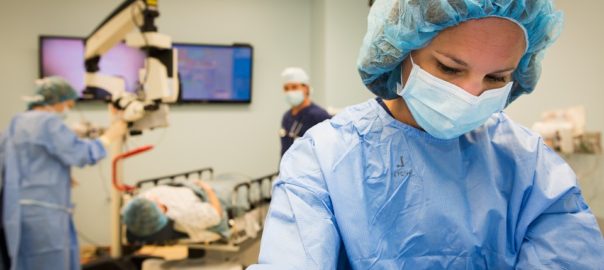San Antonio: The Future Stem Cell Capital of the World

The potential medical uses of stem cells, which were not even a major part of the medical community until the last decade, are now proving themselves at every turn. From the 14-year-old leukemia survivor who achieved remission using a bone marrow donor to the 50-year-old with MS who thanks stem cell therapy for her ability to walk again, the medical marvels are becoming more and more prominent and undeniable. This explains why regenerative medicine is flourishing and more companies are looking to enter the market.
The Growing Demand for Stem Cells
GenCure is a non-profit agency in San Antonio, Texas that provides human cell and tissue support services to the regenerative medicine industry as a whole. GenCure’s COO, Becky Cap, explained that “the biggest obstacle is getting to that industry scale of manufacturing. Getting to billions of cells of a particular type, not millions of cells.” Cap’s non-profit hasn’t had any trouble meeting the million mark, but to make stem cell therapy truly accessible to all, manufacturing needs to continue to accelerate. According to Cap, San Antonio is the perfect place to attain that growth, since the city offers infrastructure, talent, and collaborative relationships to supply the rest of the world with highly sought-after stem cells.
How GenCure Makes Regenerative Medicine Possible
The labs at GenCure boast millions of donated adult stem cells. Those cells are processed, frozen, and stored in cartridges for a combination of patient needs and research. Rather than relying on the unpredictable nature of stem cell donations, GenCure seeks to grow their own using state-of-the-art technology.
Growing stem cells in test tubes and petri dishes is no longer necessary, as technology has made is possible to automate the entire process. A small mechanical bioreactor is used to replace hundreds of individual petri dishes at a time, as well as the handful of technicians that would normally have to spent countless hours monitoring the stem cell cultures. The more bioreactors purchased, the more stem cells can be grown. GenCure currently has several of the devices, and they are able to take a total of three million stem cells and transform them into 300 million on a weekly basis.
Both the government and the medical industry is so excited by the implications of this mass-scale stem cell production that GenCure’s parent company Bio-Bridge recently received an $8 million federal grant to build a stem cell “farm” that will produce hundreds of billions of stem cells out of every single unit donated. As Cap explained, “We’re putting in the infrastructure that will allow us to produce cells at the level of hundreds of billions, so that for all of these applications, you could send source cell material all over the world.”
A Promise For the Future
Looking at 14-year-old Ayssa Ayala, whose cancer was beaten by advanced stem cell care, it’s hard not to place hope and promise in the potential for stem cells as a health care commodity. Cap sums it up well: “There may be an opportunity someday for a patient with a spinal cord injury to actually have function restored, regrow the connections in the severed spinal cord.” Such recovery has never been possible before, and the companies in San Antonio hope to put themselves on the map by bringing these new medical opportunities to the rest of the world.


